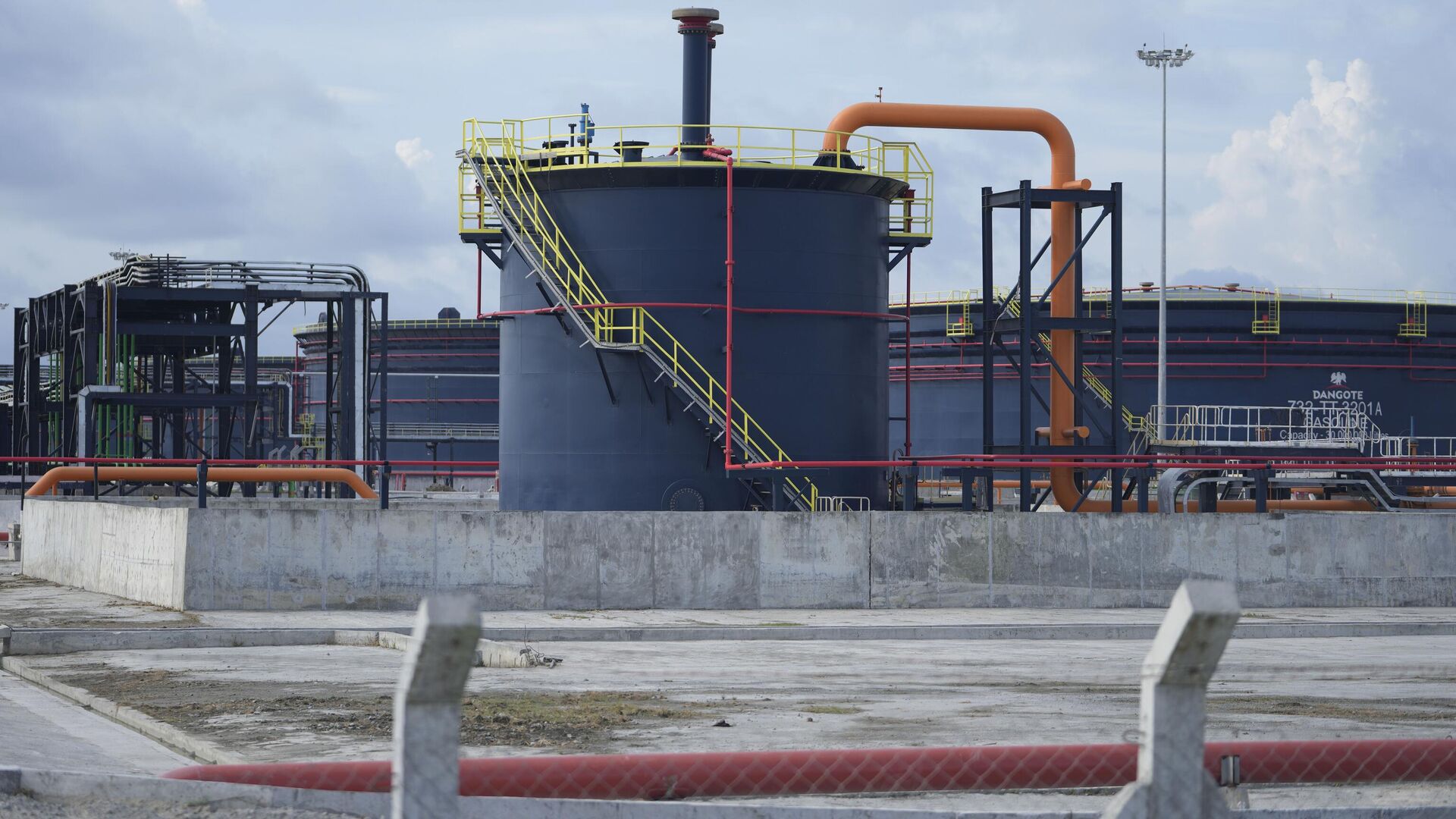Vatican Embraces Tech: New AI Service Launched for St. Peter’s Basilica

The Vatican, the global seat of the Catholic faith, has unveiled an innovative Artificial Intelligence–enabled service designed to provide virtual access to St. Peter’s Basilica. This new initiative allows citizens and tourists worldwide to explore the ancient church’s magnificent Renaissance-era architectural treasures, a development particularly significant as the Catholic Church prepares for its Jubilee celebrations in 2025. These experiences were introduced as part of the preparations for the Holy Year, an event that traditionally occurs once every 25 years.
To develop this advanced AI model, the Church collaborated with Microsoft and Iconem, a company renowned for its expertise in heritage site digitalization. The Vatican also launched an interactive website, a digital replica of the basilica, and two AI-powered exhibitions. Considering that St. Peter’s Basilica typically welcomes between 40,000 and 50,000 visitors daily, these digital initiatives are expected to expand its reach significantly.
The creation of a comprehensive 3D model of St. Peter’s Basilica involved an intensive scanning process using drones, cameras, and lasers. AI algorithms were employed to meticulously assemble and refine the vast amount of collected data. Drones flew discreetly at night for four weeks, capturing more than 400,000 photographs and generating data equivalent to a 6-kilometer-high column of DVDs. This “digital twin” will not only offer immersive virtual tours but will also play a vital role in the ongoing preservation and restoration efforts of the basilica.
Cardinal Mauro Gambetti, St. Peter’s Archpriest, poetically described the basilica as “like a starry sky on a summer night: you remain enchanted by its splendour,” adding that the new AI tools would serve as a “telescope or spaceship” for enhanced exploration. Upon being presented with the project, Pope Francis acknowledged the potential of AI to broaden access to knowledge. However, he issued a crucial warning, emphasizing that AI must be used ethically and for the benefit of humanity. He stated, “The correct and constructive use of (AI’s) potential, which is certainly useful but can be ambivalent, depends on us.”
Microsoft President Brad Smith also spoke about the project, highlighting how the AI model will help project St. Peter’s Basilica to the world and make it more accessible. He remarked, “We are taking St. Peter’s not just to the world but to a new generation of people, in a language that is more accessible for the times we live in.”
The Holy Year, or Jubilee Celebrations, remains one of the most significant events in the Roman Catholic Church, expected to draw tens of millions of pilgrims to Rome. As Pope Francis initiated the countdown, it was noted that a Holy Year typically occurs every 25 years, though a pope may call an extraordinary Holy Year to address a specific issue or commemorate a major event. The first Roman Catholic Holy Year is believed to have been proclaimed by Pope Boniface VIII more than seven centuries ago.
The last ordinary Holy Year took place in 2000 under Pope John Paul II. More recently, Pope Francis declared an extraordinary Holy Year in 2016 to emphasize his desire to portray the Church as merciful and welcoming rather than moralizing and distant. During a Jubilee, Catholics have the opportunity to obtain special indulgences, remissions of sins, provided they fulfill certain conditions, perform good works, or undertake pilgrimages.
Beyond personal spiritual benefits, the Vatican explains that a Holy Year should also serve as a period of reconciliation, solidarity, hope, and justice throughout the world. A central tradition of the Jubilee is the opening of the Holy Doors, which symbolize the doorway of salvation for Catholics. There are four such doors in Rome at St. Peter’s Basilica, St. John Lateran, St. Mary Major, and St. Paul Outside the Walls.
St. Peter’s Basilica will be the focal point, with its Holy Door opening on December 24, 2025, and closing on January 6, 2026. Traditionally, pilgrims passing through these doors are believed to receive the remission of their sins. Furthermore, other Holy Doors will be designated around the world, with Pope Francis expressing his desire to open one in a prison, a gesture symbolizing mercy, redemption, and inclusion.
You may also like...
Nigeria’s New Mega-Refinery: Economic Hope or Environmental Trouble?

Nigeria is investing heavily in one of Africa’s largest oil refineries to end fuel imports and strengthen its economy. B...
15 Mind-Blowing Facts About the Human Body

15 astonishing facts about the human body that reveal its complexity, precision, and beauty, inviting awe, scientific cu...
What Happens to Your Body If You Consume Excess Salt

Think you don’t eat “too salty”? Most sodium is hidden. Learn what happens inside your body when you consume excess salt...
Super Eagles Face Crucial AFCON 2025 Opener: Tanzania Clash & Referee Controversy

The Super Eagles of Nigeria commence their 2025 AFCON journey against Tanzania on Tuesday, facing internal uncertainties...
Tragedy Strikes: Alexander Isak Suffers Gruesome Leg Fracture, Undergoes Emergency Surgery

Liverpool striker Alexander Isak faces an indefinite period on the sidelines following surgery for a broken ankle and fi...
Hollywood Icons Jack Black and Paul Rudd Reveal Personal Favorite Films

Jack Black and Paul Rudd discuss their new buddy comedy, "Anaconda," a meta-reboot of the '90s film, coming to theaters ...
Malawi VP's Lavish K2.3 Billion UK Trip Sparks Outcry Amid Austerity

Malawi's Vice President, Dr. Jane Ansah, faces severe public backlash over a taxpayer-funded trip to the UK for her husb...
Nigerian Fintechs Secure Staggering $230M in 2025, Sparking Key Questions

The Nigerian fintech sector experienced a significant funding dip in 2025, driven by a crucial shift in investor focus t...



